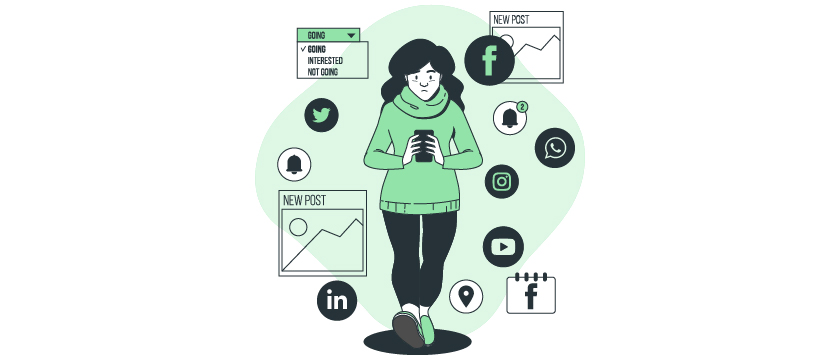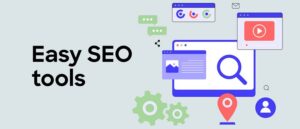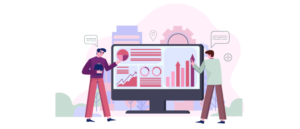Introduction
Understanding your audience is key to success in the era of data-driven decision-making. For developers, accessing and analyzing social data can provide valuable insights into user behavior and preferences. One powerful tool for achieving this is the Facebook Graph API. In this blog post, we’ll take a comprehensive look at the capabilities of the Facebook Graph API, exploring how developers can leverage it to unlock social insights and drive informed strategies. We’ll also delve into potential use cases, from retrieving user information to analyzing friends’ activities and post interactions.
Understanding the Facebook Graph API
The Facebook Graph API bridges applications and the vast amount of data stored on Facebook’s platform. By making HTTP requests to the API, developers can retrieve, publish, and analyze information related to Facebook users and their interactions. The “Graph” refers to the social graph, representing the relationships between users, their friends, and their connections.
Capabilities of the Facebook Graph API
- User Information Retrieval: With the Facebook Graph API, developers can access a wealth of user data, including profile information, education, work history, and more. This allows for a deeper understanding of users and the ability to tailor experiences based on their characteristics.
- Friends’ Activities: The API enables developers to retrieve information about a user’s friends and their activities. This can include posts, likes, and comments, providing insights into social interactions and preferences within a user’s network.
- Post Interactions and Analytics: Developers can analyze the performance of posts, both from the user and their friends. This includes the number of likes, comments, and shares, offering valuable metrics for content engagement and effectiveness.
- Page Insights: The Facebook Graph API provides access to Page Insights for businesses and brands. Developers can retrieve page views, post reach, and user engagement data, allowing for data-driven decisions in social media marketing strategies.
Leveraging Facebook Graph API
- Authentication and Permissions: Before accessing data, developers must implement a secure authentication process using OAuth. Users must grant explicit permission for your app to access their data, ensuring privacy and compliance.
- API Requests and Responses: Developers can make HTTP requests to specific endpoints to retrieve the desired data. The responses, usually in JSON format, can then be parsed to extract relevant information.
- Use Case: Personalized Content Recommendations: Leverage the Facebook Graph API to analyze a user’s likes, interests, and friends’ activities. With this information, developers can create algorithms for personalized content recommendations, enhancing user engagement.
- Use Case: Social Analytics Dashboard: Build a social analytics dashboard by aggregating data from the Facebook Graph API. Visualize user interactions, popular posts, and engagement metrics to track the performance of social media campaigns.
CONCLUSION
The Facebook Graph API opens doors to a wealth of social insights, allowing developers to create personalized experiences and make informed decisions. By understanding its capabilities and implementing secure authentication practices, developers can harness the power of social data for applications, businesses, and brands. Whether you’re building personalized content recommendations or a comprehensive social analytics dashboard, the Facebook Graph API empowers developers to unlock the full potential of social insights in the digital landscape.
To learn more or to acquire our services, please contact us at info@paypercampaign.com





